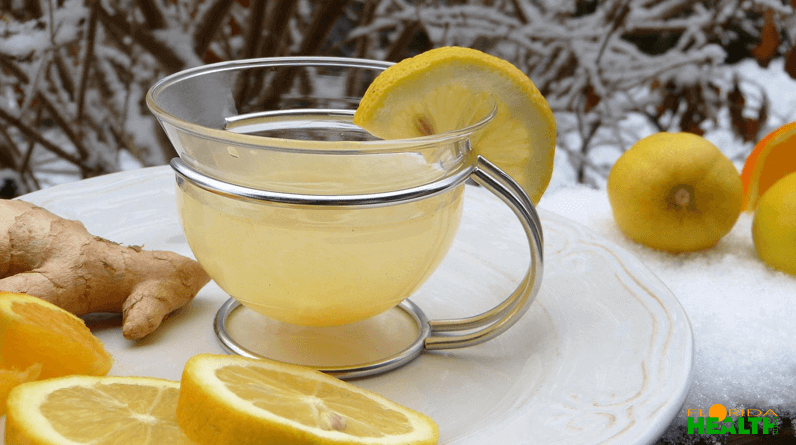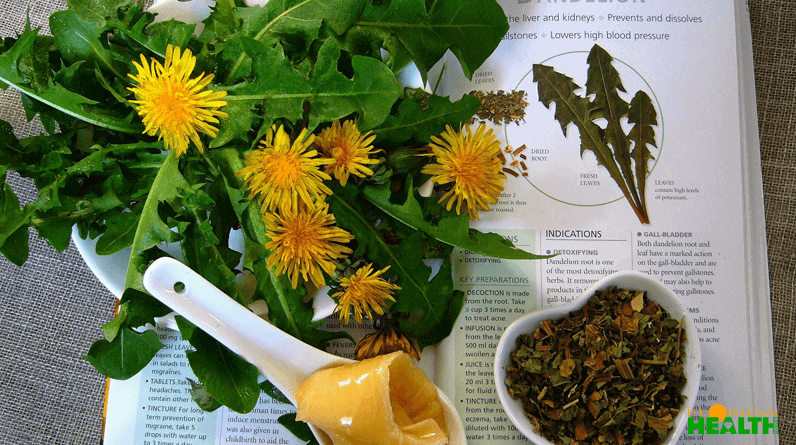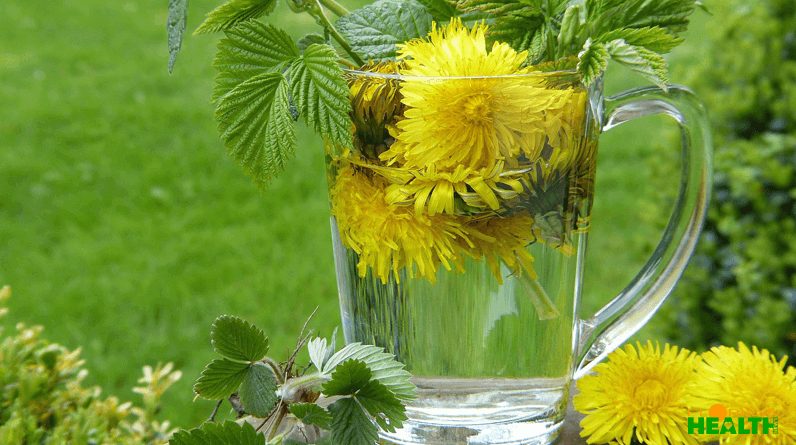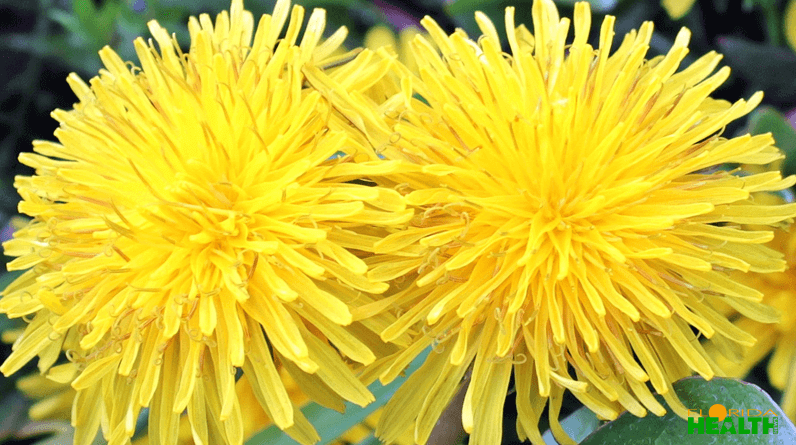
Ginger is a perfect remedy against flu and colds and warms you when it's cold outside. This spice can be harvested and multiplied in February. Grab a saucer right away and get going!
Ginger is delicious in dishes and for making tea, and just like star anise, garlic and cinnamon also have many health benefits. For example, ginger is used in traditional herbal medicine:
- Flu and colds
- Nausea, morning sickness, and travel sickness
- In case of chronic inflammation, also in joints
- Muscle pain
- Inflated belly
- Poor circulation
- Pain
- Migraine and tension headaches
- Menstrual problems
Table of Contents showA slice of ginger on pimples seems to work miracles. Ginger helps with inflammation and cleans up dead skin cells. What's left is clean skin.
Ginger against the common cold and sniveling
Ginger contains vitamins (A, C, E, B), magnesium, iron, zinc, calcium, and beta-carotene, and the pungent compounds gingerol and shogaol.
Make your own ginger brew as soon as the first sneeze announces or when you feel a sore throat coming up. Peel a piece of fresh ginger the size of an inch, slice it, and put it in a pan. Pour half a liter of boiling water on top and bring this to a boil.
Let it simmer for ten minutes with the lid on the pan and throw everything through a fine sieve. Squeeze a lemon and add it in. If necessary you can add another spoonful of honey.
Growing your own ginger
Even though ginger originates from China, there are varieties that can withstand a little frost. Or you can put your home-grown ginger in a pot so that it can go inside after the summer. Good thing: the ginger plant looks a bit like a mini bamboo, so it ‘greens up' your room nicely. This is how you grow your own ginger:
- Break up the ginger.
- Put them on a saucer with a little water in a warm place, for example on the heater.
- Keep watering, of course. After a few weeks, the ginger starts to run out and form lumps.
- Then it's time to lay the ginger in a layer of earth.
- Ginger likes warmth, so put freshly potted ginger somewhere where it doesn't get colder than 20 degrees. A small greenhouse is ideal, but a pot on the windowsill is also possible.
- After a while, green blades will emerge from your ginger tubers and eventually form a plant.
- If they are big enough and it is nice and warm outside (mid-May,), you can repot them or put them in the open ground in a warm, sunny spot.
- Eventually, your plant will grow into a kind of mini bamboo bush.
- The ginger harvest remains invisible because it is under the ground. It's a matter of carefully scooping the plant out of the soil and then knocking it clean and rinsing it off.
- Tada, your own ginger harvest is ready to use.
DIY cough lozenges with ginger
You can make your own cough drops with ginger. Bring half a liter of water to a boil with a piece of five centimeters of ginger. Let it simmer for twenty minutes. Take the ginger out. Boil the liquid up to half. Turn down the heat, and add the juice of a quarter of a lemon and a large spoonful of honey.
Bring it back to the boil. Then gradually add four tablespoons of gelatin or agar-agar. Do not put a new tablespoon in the pan until the previous one has dissolved. Keep stirring to avoid lumps. Doesn't that work? Then take your hand blender. Pour the mixture into a silicone mold for ice cubes. Leave it to set in the freezer for 15 minutes and let it simmer!
What is agar?
Agar or agar-agar is a whitish, tasteless and odorless, unbranched polysaccharide extracted from the cell walls of some species of red algae, mainly in Sri Lanka, Java, and Japan. It is extracted from Gelidium, Gracilaria, and Pterocladia, among others. Chemically, agar is a polymer composed of subunits of the sugar galactose.
They are polygalactanes composed of interlinked anaerobiosis units that have been more or less replaced by sulphonate or methyl groups on the -OH groups.
The word agar-agar comes from Malay and means jelly. Agarpolysaccharides are the primary support structures for the cell wall of algae. Dissolved in hot water and then cooled, agar can be used as gelatin. The stability of the gels it provides is thermoreversible: when raised to 90 °C they melt again.
The binding strength is twice that of gelatine; in addition, agar gel is less sensitive to changes in acidity. Agar is also known as E406 in the list of E numbers.
Sources:
https://www.ncbi.nlm.nih.gov/pmc/articles/PMC4488566/
https://nl.wikipedia.org/wiki/Agar_(bindmiddel)

Carl Riedel is an esteemed online researcher and writer, specializing in the intersection of technology and wellness. As a member of the International Association of Therapists, Carl brings a unique perspective to his work, skillfully integrating insights from therapy and digital trends. His articles help readers navigate the complexities of the digital age with an emphasis on promoting mental and emotional well-being.







